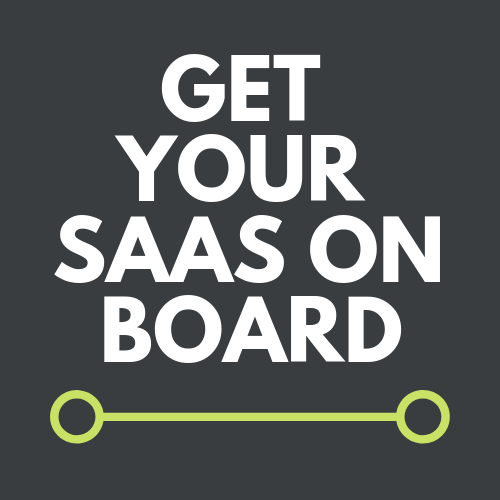How to Identify (and Help) Struggling SaaS Users
Beware of users who may be struggling in silence.
Let’s get something out right up front:
This post is written from an onboarding perspective, but these principles apply to allll of your SaaS customers, no matter how long or short they’ve been with you.
Think of silence from your users from the perspective of having a toddler or a mischievious dog.
Silence isn’t golden.
Silence can mean that something fishy is going on just out of sight.
The moral of the story is that it’s easy to know there’s a problem when a user reaches out to support.
It’s harder to identify a struggling customer when they’re silent.
Fear not! Today we’ll start to cover some of the ways you can identify a user that is facing challenges, and what to do about it. As I mentioned, this point is aimed at onboarding (and will be featured in my SaaS onboarding newsletter), but it’s applicable to all users.
Signs a SaaS User is Struggling
Say it with me — context is everything. The data that reflects a healthy level of engagement is going to vary based on your tool and audience. By their very nature, a daily task organization tool would expect more frequent use than payroll software. Engagement within the same app may even vary based on user role or company size.
If you take nothing else from this post, I hope you remember this — look for changes in engagement or actions that are way beyond normal.
Here are a few examples of actions (or inactions) that could signal a user that is having a hard time with onboarding and engagement.
Not opening or clicking through emails. I know I’m biased, but onboarding emails (should) contain valuable information and prompts. If a person is either missing it or not acting on it they’ll be less likely to be successful with your tools in the long run.
Decreasing log in frequency over time. This is a change signal that can mean there are a lot of hurdles for you and the user to overcome.
Not using key features. If you’re Evernote, and new users aren’t creating notes, you’ve got a problem. They could be a lost cause, but maybe they just need a new angle to get them into the app.
Ignoring support docs or content. This point isn’t in and of itself a deal breaker. It is possible for users to achieve their goals with your app without reading your guides. However, look at this flavor of engagement in the context of your business and normal user behavior.
Sessions that are becoming much shorter. New users may spend slightly less time in your app as they become more experienced because they can complete a task faster. That’s great! What’s not great is if they used to spend on average 30 minutes using your tools, and now they spend two.
Common Onboarding Challenges and How to Combat Them
We’ve touched on signs that a SaaS user is struggling, now let’s dive into onboarding. Here are challenges and hurdles your users may face during onboarding and how to help them through it.
Challenge: “I don’t know where to start”
Solution:
The first step on the onboarding journey is a feature I refer to as the “building block.” You can learn more about these types of emails here. In short, they’re the foundational feature a user needs to interact with.
Challenge: “I can’t see the path to success”
Solution:
After you’ve shown users the first step, they may need help seeing a project through. Providing really valuable content, like Shopify’s guides, gives onboarding users a roadmap to follow.
Challenge: “I‘m in the app…now what?”
Solution:
As helpful as onboarding emails are, they can’t carry the entire load. Creating an omnichannel onboarding strategy is the way to go. Implementing in-app tooltips or product tours helps users get the ball rolling.
Challenge: “I don’t see a reason to log back in”
Solution:
Onboarding is tricky because you need to help users achieve quick wins and “wow” moments. If there’s no immediate value or incentive to come back, you’ll end up with users that fade away. To combat this you first need to understand what users hope to achieve. This can be done in the sales process or as soon as they start their trial. From there, you can point out the tools that help them reach their goals as fast as possible.
Challenge: “I lost steam over time”
Solution:
Creating new habits and tackling projects or issues is challenging. Sending consistent reminders and emails can keep users coming back over and over again. Sending case studies highlights what’s possible if they keep moving forward, and checklists help them see their progress.
Challenge: “I ‘m burnt out”
Solution:
Sometimes the problem is doing too much too fast, rather than not enough. Space out milestones and prompts, and be ready to give more advanced roadmaps for accelerated learners.
Challenge: “I ‘ve reached a roadblock”
Solution:
Not knowing what to do next isn’t a hurdle reserved for total newbies. Keep an eye on how users progress through your app to pinpoint points in the customer journey that see a drop-off. There could be a lack of education, incentive, or clarity surrounding the next step in their workflow.
Creating an onboarding strategy that supports user goals is an ever-evolving mission. What are some other challenges you’ve seen your users face during onboarding? Comment down below!

